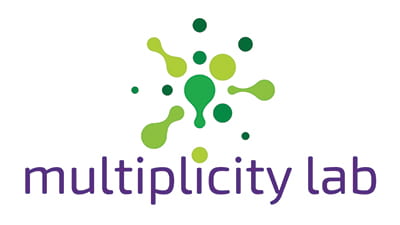Image of the Week: Estimating at Different Scales
February 26, 2023Estimating at Different Scales
Check out this image of solar panels: About how many do you see? If you’ve been reading this newsletter, you know that when we pose this question it is deliberately vague about the unit it refers to. In any image where we ask, About how many do you see?, students can choose what to focus on and estimate. In this image, choosing what to focus on means estimating at different scales. Students might:
- Estimate the number of solar panels as individual objects. These are not positioned in a precise array, but there are clear columns students might use to approximate an array. They might see about 4 panels in each column and about 9 columns, for 30-40 panels in total.
- Estimate the number of smaller panels in each larger solar panel. Each solar panel is composed of a 2 x 5 array of smaller panels.
- Estimate the number of square solar cells in: one smaller panel, an whole solar panel, or the whole image.
Notice how as students move away from estimating the number of large solar panels, each estimate of a smaller unit hinges on estimates of a larger unit. For instance, if you note that each solar panel is made of 10 smaller panels, then the number of smaller panels in 10 times the number of larger solar panels. What is the relationship between the smaller square solar cells and the rest of the panel? How can this relationship be used to estimate?
Notice that to estimate in this image requires a combination counting, using structure, and iterating equal groups. Figuring out what to count, what to calculate, and what to approximate is at the center of estimation, often a more sophisticated coordination of mathematical ideas and practices than finding a precise answer entails. Give this – or any of our estimation activities – a try with your students tomorrow!
And we invite you to follow us on Twitter! Tweet us the fascinating ideas you students have about our activities or how you’re trying these activities in your space. We can’t wait to hear from you!
To multiplicity, cheers!
Jen Munson and the multiplicity lab group

